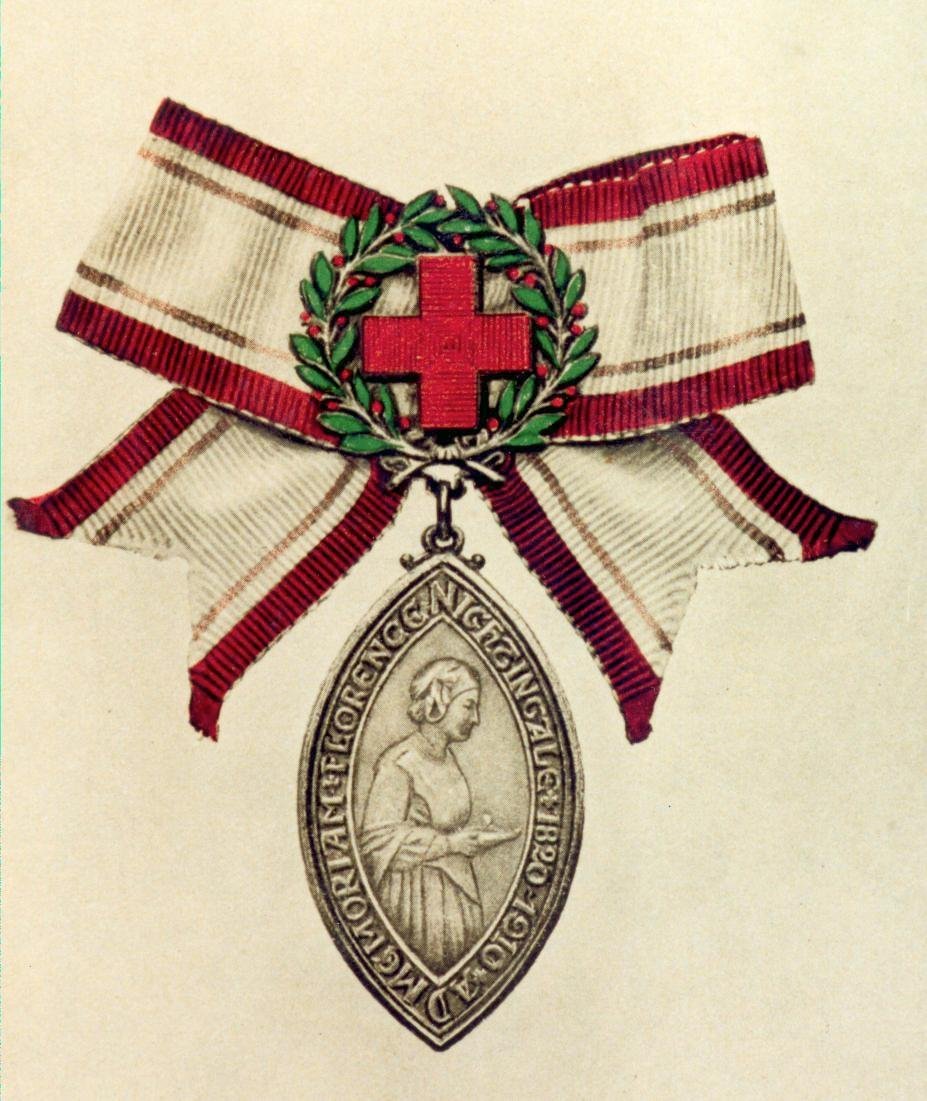Florence Nightingale: The Lady with the Lamp and Data Visualization Visionary
Florence Nightingale was born in Florence, Italy, on May 12, 1820. Although her parents were from England, she was born in Italy while they were travelling. Both Florence and her older sister Parthenope were named after the Italian cities where they were born. Nevertheless, she spent her upbringing and the entirety of her life in England, residing in various locations, including Derbyshire, Hampshire, and London. She was destined for greatness from the start.
Her early life was marked by privilege and a well-rounded education, including a strong focus on mathematics and science. Little did the world know that this remarkable woman would become not only "The Lady with the Lamp" but also a pioneering figure in data visualization. Let's journey through her life and discover how she left an indelible mark in healthcare and STEM and was a beacon of inspiration for future generations of females.
Early Life and Education
Florence Nightingale's upbringing in a wealthy English family gave her opportunities rarely granted to women of her time. Her education included subjects typically reserved for men, such as mathematics and science. This early exposure to learning set the stage for her future achievements, as she developed a deep passion for helping others and a keen analytical mind.
Florence, hailed as the architect of modern nursing, stood as one of the most prominent figures of the Victorian era and was a revered female role model during her lifetime. Her enduring legacy continues to inspire nurses worldwide to this day.
The Florence Nightingale Statue at Waterloo Place, London. (Image Source: Florence Nightingale Museum)
Path to Becoming a Nurse and Data Visualization Visionary
Florence's path to nursing and data visualization unfolded during the Crimean War in the mid-1850s. Her strong desire to alleviate the suffering of wounded soldiers led her to volunteer as a nurse, defying societal expectations that women should stay away from the front lines. This courageous decision earned her the iconic title "The Lady with the Lamp," as she tirelessly tended to wounded soldiers during the night, providing comfort and care.
However, Florence Nightingale's impact extended far beyond her role as a nurse. Drawing upon her mathematical and statistical skills, she pioneered data visualization techniques to revolutionize healthcare. Her innovative use of statistics, charts, and diagrams allowed her to present complex healthcare data in a clear and accessible manner, making her a true data visualization visionary.
Contributions to STEM and Healthcare
Florence Nightingale's contributions to STEM and healthcare were profound. Her groundbreaking work in data visualization enabled her to communicate the significance of sanitary conditions in healthcare facilities during the Crimean War. Her famous "coxcomb" or polar area diagram, known today as the Nightingale Rose Diagram, visually depicted the causes of mortality in military hospitals, driving home the importance of cleanliness and proper care. Her work laid the foundation for modern healthcare statistics and epidemiology, and her techniques are still widely used today.
“Wise and humane management of the patient is the best safeguard against infection.”
Paving the Way for Future Generations of Females
Image Source: The Lady with the Lamp
Beyond her pioneering work, Florence Nightingale shattered the gender norms of her time. Her unwavering dedication to nursing and groundbreaking contributions to data visualization opened doors for future generations of females in STEM and healthcare. She proved that women could excel in male-dominated fields, inspiring countless others to pursue careers in science, technology, engineering, and mathematics.
Achievements and Awards
Florence Nightingale's dedication and contributions earned her numerous accolades and awards. She became the first woman to receive the Order of Merit in 1907. Order of merit is one of the highest honors in the United Kingdom. Some of the other prominent awards she earned are:
Royal Red Cross: She was awarded the Royal Red Cross by Queen Victoria in 1883 for her dedicated service during the Crimean War. This decoration recognizes exceptional nursing service to the military.
Honoris Causa Degree: Florence Nightingale was awarded an honorary Doctor of Science degree by the University of London in 1907 in recognition of her pioneering work in nursing and healthcare.
Statue in Waterloo Place, London: A statue of Florence Nightingale was erected in Waterloo Place, London, as a tribute to her contributions to healthcare and nursing. This statue stands as a symbol of her enduring legacy.
Her tireless nursing and healthcare reform efforts left an enduring mark on the world. Her legacy continues to be celebrated today as we honor her immense contributions to healthcare and data visualization.
A Legacy of Inspiration and Innovation
Florence Nightingale Medal (Image Source: British Red Cross)
Florence Nightingale, known as both "The Lady with the Lamp" and a data visualization visionary, made significant contributions to STEM, healthcare, and the advancement of women in male-dominated fields. Her innovative use of data visualization techniques continues to impact our world today, saving lives and improving healthcare practices. Her story is a testament to the power of determination and a person's profound influence on the future. Florence Nightingale's legacy will forever shine as a guiding light for those who follow in her footsteps.
A Legacy of Inspiration and Innovation
Florence Nightingale, known as both "The Lady with the Lamp" and a data visualization visionary, made significant contributions to STEM, healthcare, and the advancement of women in male-dominated fields. Her innovative use of data visualization techniques continues to impact our world today, saving lives and improving healthcare practices. Her story is a testament to the power of determination and a person's profound influence on the future. Florence Nightingale's legacy will forever shine as a guiding light for those who follow in her footsteps.
“I attribute my success to this: I never gave or took any excuse.”
Some Quick “DID YOU KNOW” about Florence Nightingale
Did you know Florence Nightingale was the first female member of the Royal Statistical Society?
One can see the actual lamp she carried, her pet owl and her medicine chest in a Florence Nightingale museum.
Did you know she owned over 60 cats throughout her life?
She had a pet owl called Athena.
Florence was fluent in many languages; some of them were English, German, French, Greek and Italian.




